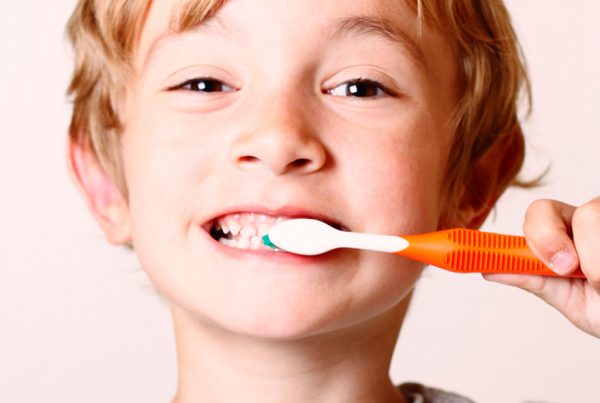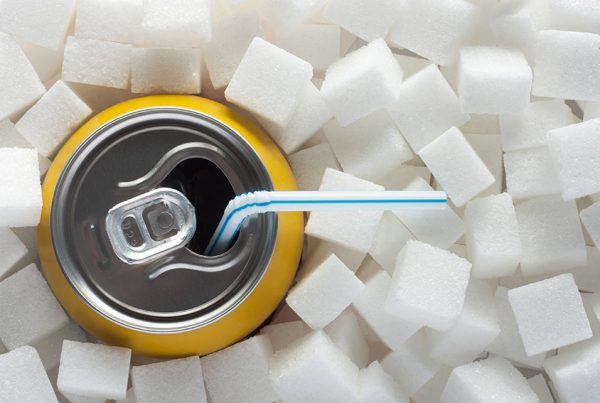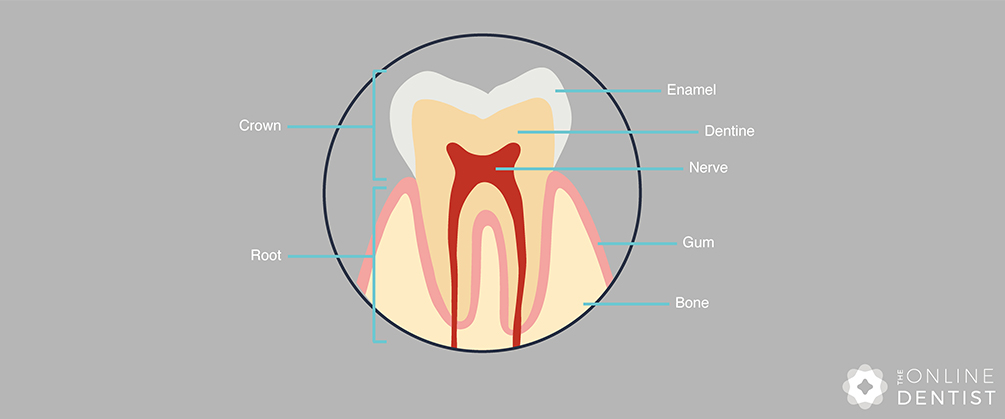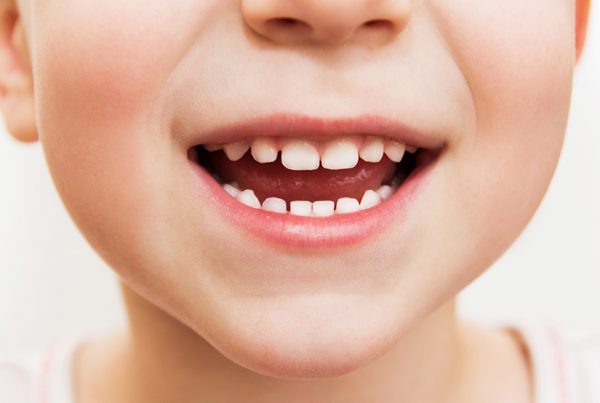Let’s start with what your teeth are for?
We have teeth so that we can prepare food for our stomachs. The front teeth are thin and sharp for biting. The back teeth are big, chunky teeth that mash up your mouthful before it is swallowed. Your mouth is the top of your digestive system. It is the first part of turning your food into energy.
Humans (that’s you and me) have two sets of teeth. The first set of teeth we get are known as milk teeth or baby teeth. We get 20 baby teeth that erupt when we are babies. These are gradually replaced by 32 adult teeth from the age of 6 years old. Our last baby teeth are usually lost around 12 years old but our very last adult teeth might not erupt until we are over 20 years old.
We have different types of teeth that do different jobs in our mouths.
Incisors
Our very front teeth are called incisors. These are the show offs that people see when we smile. They are also very good for cutting like scissors. Your incisors slice off that chunk of food when you bite.
Canies
The teeth next to your incisors are called canine teeth. These are pointy teeth and are used to grip things. These teeth are particularly useful if you find your dinner keeps running away from you. Lions use these teeth more than humans do.
Premolars
We have teeth between our molar and canine teeth. These are called premolar teeth. Premolar teeth are not as big as molar teeth but they help with chewing and mushing up your food.
Molars
Your very back teeth are called molar teeth. Our chunky molar teeth bash together when we chew to munch and crunch our food until it is ready to be swallowed.
So your front teeth (incisors and canines) are used to bite and slice food. Then the molars and premolars chew the food up until it is ready for your stomach.
These different types of teeth are all made of the same stuff. Most of your tooth is made of dentine. Dentine forms the bulk of the root (the part of the tooth below the gum that keeps the tooth in place) and the crown (the bit of the tooth above the gum that you can see when you look in your mouth).
On the outside of the crown of a tooth is a hard, protective layer of enamel. This is extremely tough and protects the tooth against damage and wear while chewing. It is also a good barrier to tooth decay.
In the middle of the tooth and running down the root is a nerve. This gives the tooth feeling.
Around the root, there is bone to hold the tooth in position. Gum covers the bone and forms a seal around the neck of the tooth to keep bacteria out. The bone and gum are really important for supporting our teeth.
So we’ve learnt all about our teeth and why they are important. Why don’t you try some of our work sheets to show what you’ve learnt?
Keep updated with the Online Dentist newslettersign up today
Recent Articles
 If we don't look after our teeth, bacteria and bugs can grow all over them and cause havoc. Bacteria can cause tooth decay. This is when your teeth get holes...
If we don't look after our teeth, bacteria and bugs can grow all over them and cause havoc. Bacteria can cause tooth decay. This is when your teeth get holes...
 Our teeth are really important. We need our teeth so that we can chew our food and we need our teeth to smile. But what can go wrong with our...
Our teeth are really important. We need our teeth so that we can chew our food and we need our teeth to smile. But what can go wrong with our...






